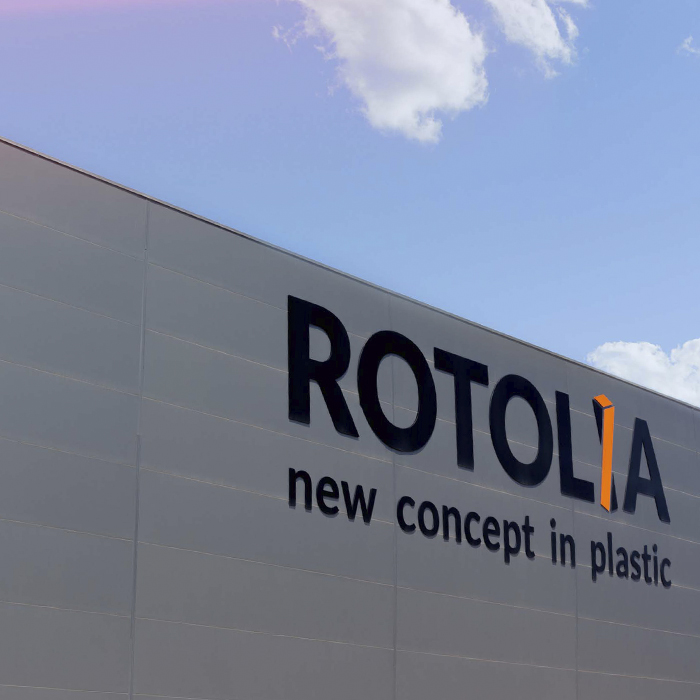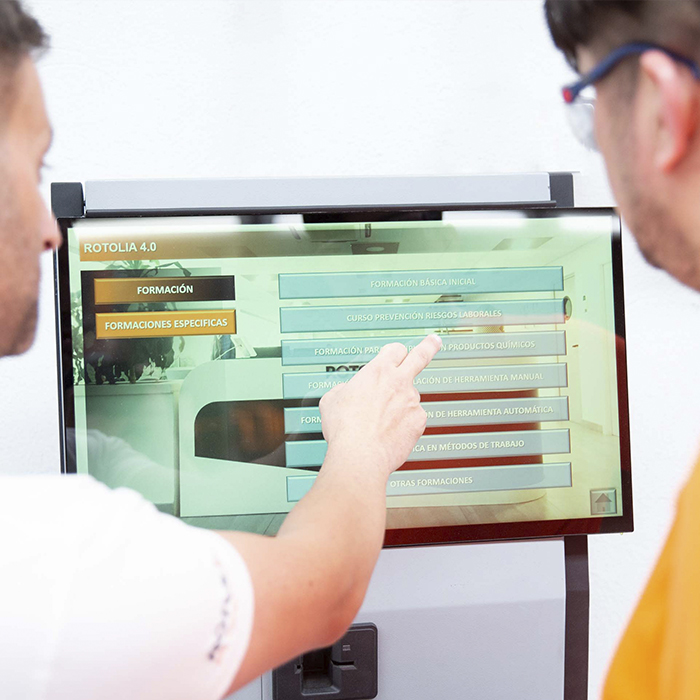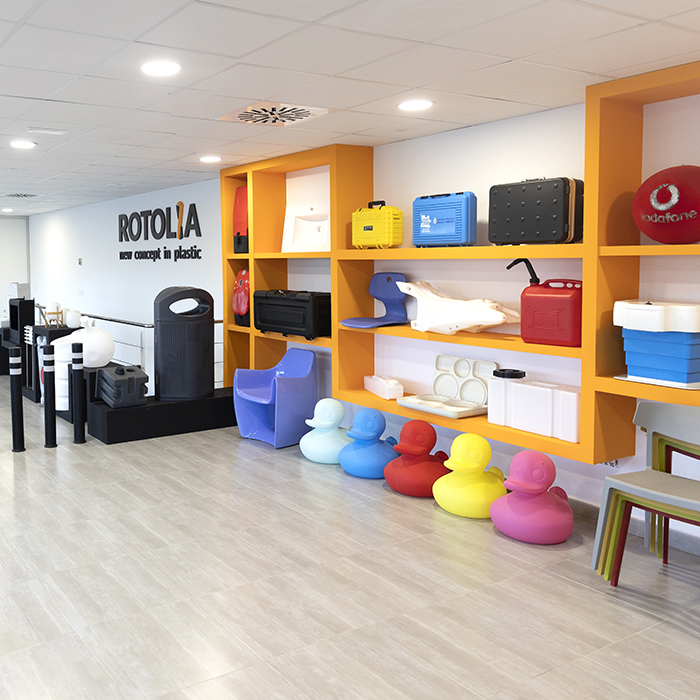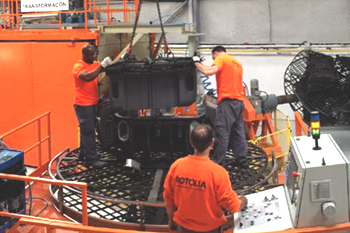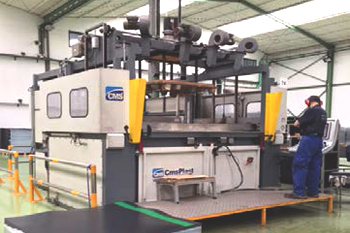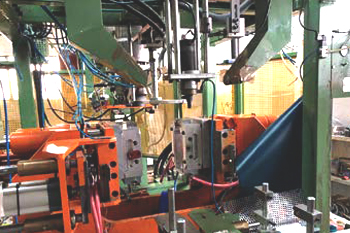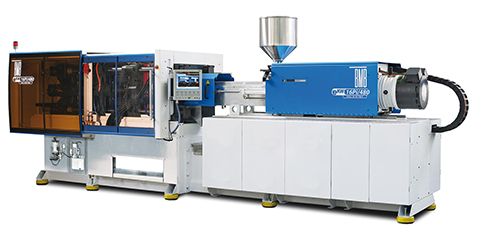
Injection moulding
At ROTOLIA we have 10 thermoplastic injection machines that can work with projects from 100 to 2700 tonnes. This ensures we can offer our customers great flexibility with different volumes, while also being fast and competitive.
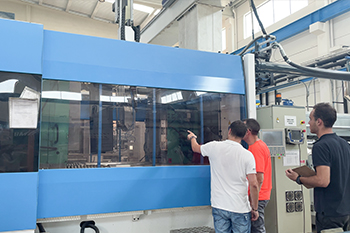
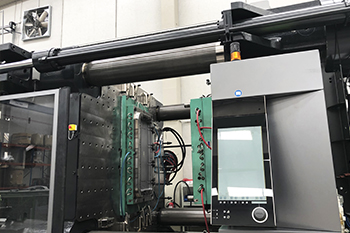
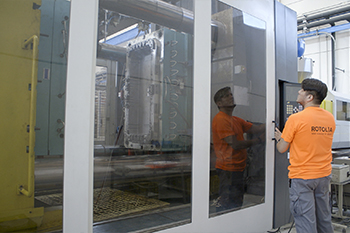
Maximum capabilities
Thanks to its convenience and ease of use, plastic injection moulding is the most common and widely used plastic products manufacturing method in the world. Injection moulding means this technique can be used to manufacture, for example, plastic chairs and tables, covers for electronic products, disposable cutlery, and many other products. Injection moulding is commonly used to produce plastic parts, especially in the aerospace and automotive industry, where parts have to withstand high-speed pressure. The basic equipment used in plastic injection moulding consists of two main parts: the injection machine and the mould.
Injection moulding machines, also known as injection presses, consist of a hopper, an injection piston or screw plunger, and a heating unit. The mould is fixed on the work surface of the moulding machine, and the molten plastic is injected into it through a casting hole.
Three main parts can be distinguished in moulds: the sprue, the runner, and the mould cavity. To improve the quality of the final part and the service life of the mould, it is important to design it with the correct demoulding angle in order to separate the moulded parts and allow gases trapped inside to escape.
There are two main methods to produce injection moulds: conventional machining, and electrical discharge machining (EDM).
The first step in the plastic injection moulding process is to melt the plastic in the moulding machine, and then inject it into a mould at high pressure. In this stage, the material is cooled, solidified, and then split into the two mould halves. The result of this technique is a plastic product with a predetermined shape.
Most elastomeric thermoset polymers can be injection moulded, although this may require custom compounding. The type of plastic chosen for injection moulding depends on the type of product being manufactured, its requirements, and the overall budget. Only a few of the hundreds of available plastics are safe for consumer use, and these are the ones we use at Rotolia: polystyrene, polycarbonate , polypropylene , polyethylene , polyamide , polyvinyl chloride , Teflon® , Delrin®, and acrylic, among others.
Contact us
Use the form for any questions you may have about manufacturing techniques, quotes or delivery times, and our technical office team will get back to you at the earliest opportunity.
Data controller:ROTOLIA PLASTICA S.L. / Tax number (CIF): B98737026 /Address: P.I. Mediterráneo – C/ Fila 6, 46550 Albuixech (Valencia) / Email to exercise rights: [email protected] / Telephone: 961 204 910
Main purpose: To answer queries and provide the information requested. To manage the potential commercial/professional relationship.
Rights: Access, rectification, erasure and portability of data, limitation and opposition to its processing, and to not be subject to decisions based solely on the automated processing of data, where appropriate.
Additional information:Additional detailed information about our Privacy Policy can be found in this section.
Other questions about injection moulding
Find answers to questions about injection and all its features.
Yes, as we have 10 different machines, we manufacture parts to order, so the number of parts can be adjusted to save costs.
3D printing can produce prototypes and functional parts both quickly and economically. It is advisable to 3D-print parts and prototypes in the early stages of product development and for low production volumes. Whenever hundreds of identical prototypes are needed, it is often faster to print one mould and make the injection, instead of 3D-printing hundreds of parts.
The key factor is the strength of the platen. If the platen is not strong enough to withstand the injection pressure, the platen gap deforms, melting and spilling the plastic, causing flash in the products. Rotolia’s machinery avoids such flashing by using strong, durable platens.
Injection moulding is one of the most famous plastic processing technologies, as it is a relatively simple way to manufacture components with highly complex geometric shapes. This requires an injection moulding machine with a mould. In this case, a cavity identical in shape to the part to be obtained is manufactured, applying a shrinkage factor to achieve the appropriate size, which is added to the cavity measurements so the required dimensions are achieved when the moulded part is cooled. The cavity is filled with molten plastic, which solidifies, maintaining the moulded shape.
Discover all our technologies
A plastic moulding system for all our customers’ needs. Technologies to obtain the perfect product.


